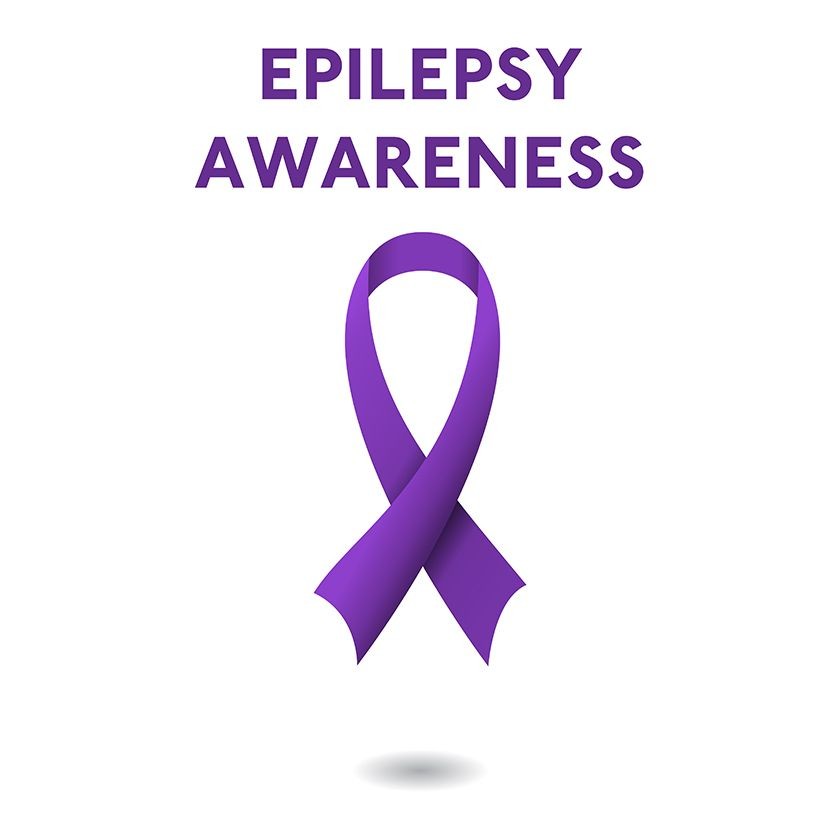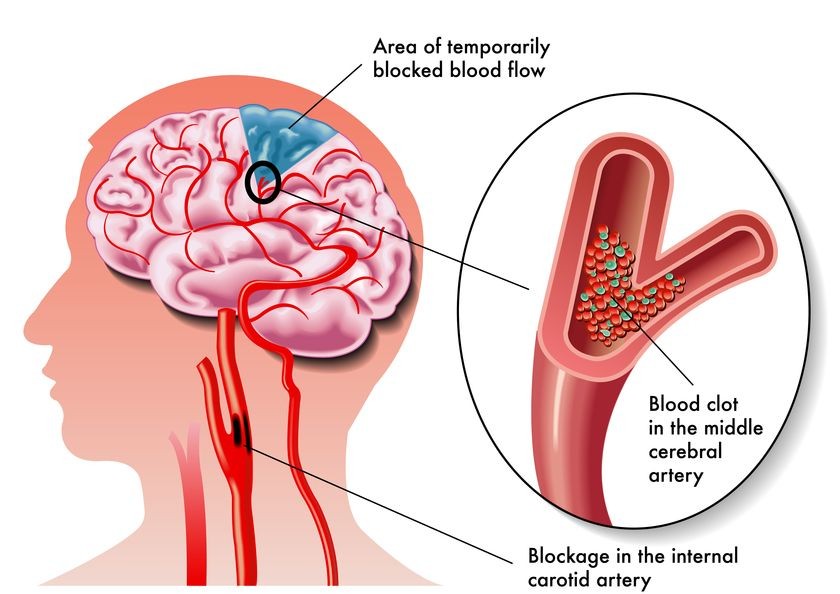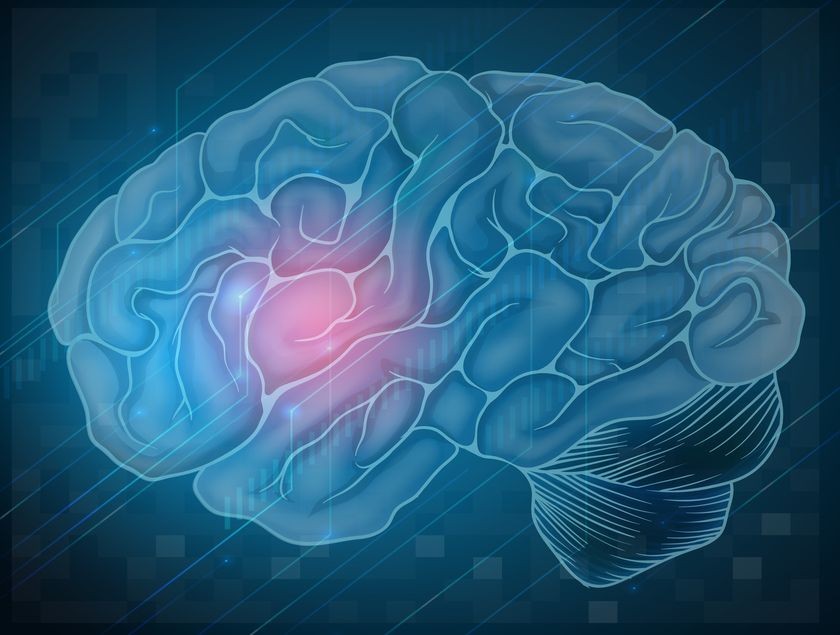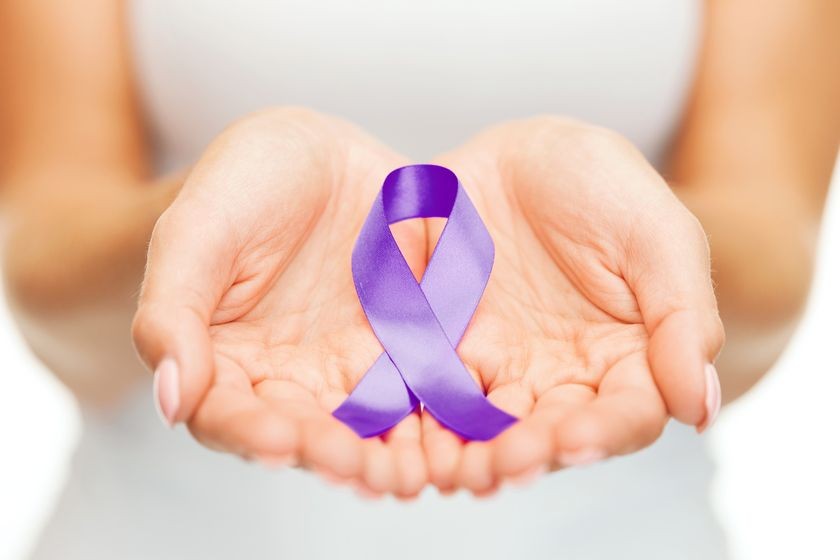
My Battle with Epilepsy and How a 3T MRI Made a Difference

When I was diagnosed with epilepsy, it surely came as a shock. I had a basically normal life (for a geek) growing up; I got through high school OK and into college. As far as I was concerned, my brain was just there for me because it seemed to impress people and I was glad to have something impressive about me.
But that stopped suddenly in early April of 1988. Or was it late March? I don’t even remember anymore. My girlfriend and I had gone to a movie, and we had noticed my left arm oddly twitching for no apparent reason. After a couple of minutes it stopped and I made a mental note to check in at the student health clinic next day and we moved on.
I don’t remember much about that night. I remember her putting my coat on, and my shoes, and guiding me into a security car to take me to the hospital. I was tired. They were giving me tests. All I have now are vague images and recollections of machines, tubes in my arms, a huge pressure on my back from a spinal tap. At the end of it all: “You have a seizure disorder. You probably know it as ‘epilepsy’. No, we don’t know why. No, it’s not going to kill you. No, you’re not going to get better.”
The next ten years were the hardest of my life especially since my epilepsy wasn’t all that well controlled in the beginning. I had seizures working at the computer, conducting a parent-teacher conferences, once even driving down a highway. (That’s a story in itself – I couldn’t ask for a bigger miracle than surviving that one.) Sometimes I could drive, sometimes I couldn’t. Often I had to completely rearrange my life to suit my medication and my seizure level.
I was scared, ashamed, worried and on top of it all, frustrated that nobody could tell me why. At least with cancer, I thought, you know where it comes from. It has a location, and a course of development, and – for many people at least – hope for a cure. I had none of that. And I never knew when a seizure might strike, or if I would wake up afterwards. Fearful times.
But I kept pushing on. I moved from teaching to IT. From St. Louis, to Seattle, to rural Michigan, back to St. Louis, to Maryland, to New Jersey. I got married. My seizures were better controlled; I was used to them; but I still wanted to know. I felt like my brain had let me down, and I was mad at it.
In August 2012, after I’d been working at Radiology Affiliates Imaging for a couple of years, my neurologist finally said, “Go get a high resolution MRI, and we’ll figure this out once and for all.” Well that was easy, I thought. I literally work twenty feet from one. I’ll just go downstairs and get it figured out.
Now I have had plenty of MRIs, CTs, and what-have-you before. What made this one different? MRIs work by putting your body in a magnetic field and detecting changes your body makes in the magnetic field. The more powerful the magnet inside the MRI, the better it is at detecting these changes, and the more detail it can see. RAI’s 3 Tesla MRI had twice the magnetic strength of any I’d been in before. If anything could help the doctors find the answer, this could.
The answer was that I had multiple developmental abnormalities in my brain. “You’ll be taking pills the rest of your life,” my neurologist said. Fair enough; I’d taken a few tens of thousands of pills already, I could deal with a few tens of thousands more. But also: “Go home, call your parents, and thank them for your good genes.” Seems these developmental issues should have given me early childhood epilepsy, intellectual deficits, learning disabilities, the whole nine yards. Why didn’t they? No clue. But I’m thankful.
Epilepsy hits people hard. A lot of people. There are as many people in the US with epilepsy as with breast cancer. And most people are worse off than I am. As soon as I saw how lucky I was, I knew I had to stand up for us. I’m an epilepsy advocate, because it’s important. And because people deserve to know about epilepsy, what causes it, and have the support they need to learn how to cope.
Because I’m not mad at my brain any more. It’s here for me to use, doing a better job than I could have ever imagined. Now that’s impressive.




